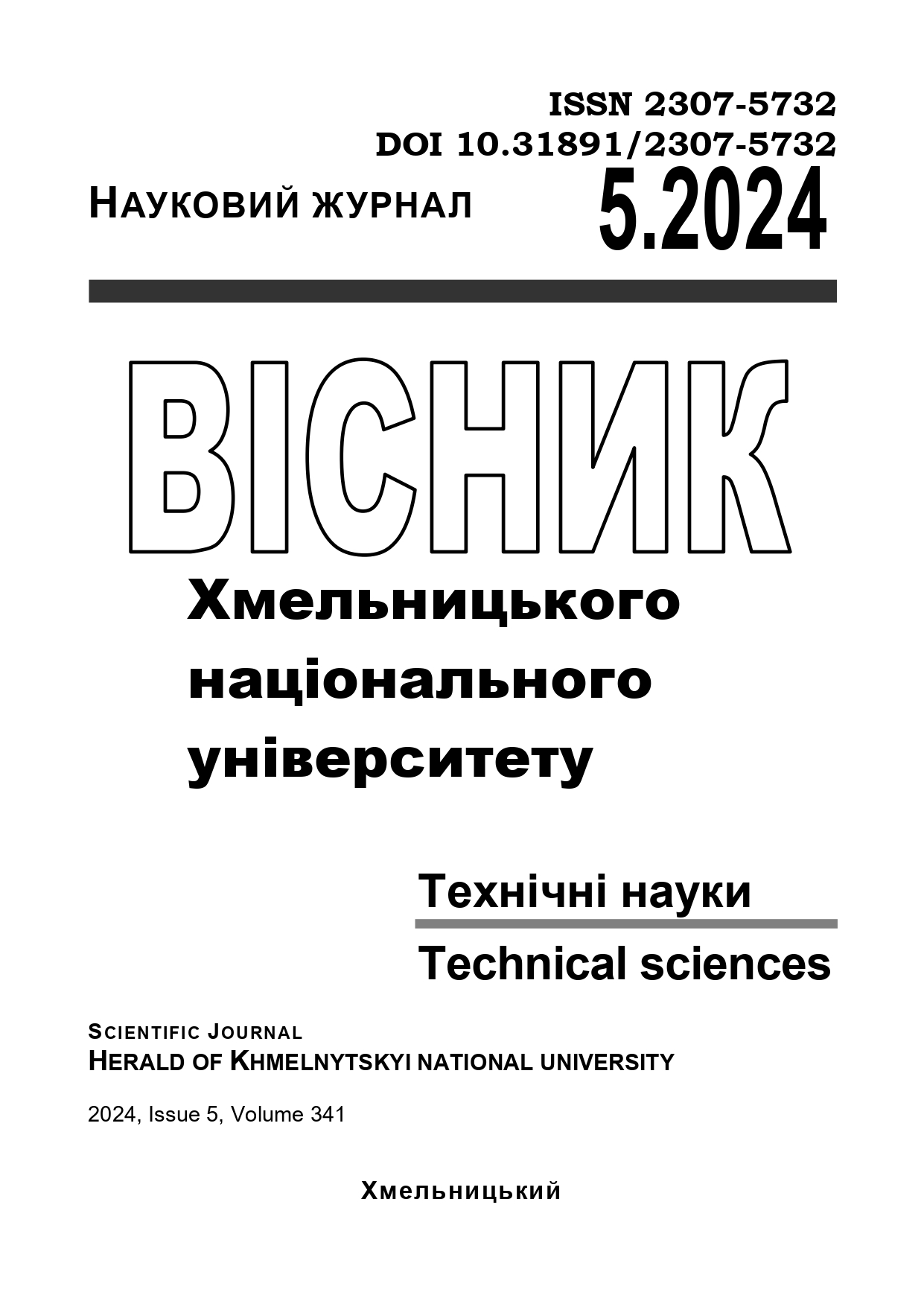SEARCH FOR OBJECTS ON SATELLITE IMAGES USING ARTIFICIAL NEURAL NETWORKS
DOI:
https://doi.org/10.31891/2307-5732-2024-341-5-57Keywords:
convolutional neural networks, deep learning, object detection, semantic segmentation, remote sensingAbstract
With the accelerated development of artificial intelligence, remote sensing image analysis technologies have gained considerable attention in smart cities. In recent years, research on object detection in satellite imagery has focused on detecting and counting small, densely spaced objects over large areas. Small object detection, as a separate branch of image processing, remains a significant challenge due to the limited resolution, size, number and orientation of objects, as well as other factors.
To solve this problem, this article presents a series of methods for small object detection that will help the reader understand the current state of the art and choose the appropriate solution for specific tasks. To date, traditional object detection methods include the Histogram of Oriented Gradients (HOG) algorithm and the Deformed Particle Model (DPM) algorithm. However, since these algorithms are mostly focused on pedestrian detection, their effectiveness in processing remote sensing images is limited.
In recent years, convolutional neural networks (CNNs), a variant of feed-forward networks, have become widely used. This architecture effectively reduces the amount of memory required for deep neural networks. A work in deep learning-based object detection algorithms, Regional Convolutional Neural Networks (RCNNs) successfully combine convolutional neural networks with object detection. However, due to the fact that RCNN consists of four components, the efficiency of this algorithm is quite low. With the advent of detectors such as the YOLO and SSD series, the performance of object detection algorithms has improved significantly, and the technology has been constantly evolving.
The purpose of this article is to provide readers with a deep understanding of the research goals. In particular, to combine the main datasets and evaluation methods that are widely used in the latest object detection techniques. Also, to analyze the problems of irregularity of object detection on satellite images and provide an overview of small object detection methods. Additionally, to select the methods with the best performance in recent years for experiments and analysis. Finally, the challenges and prospects for future research related to small object detection in satellite images are outlined.

